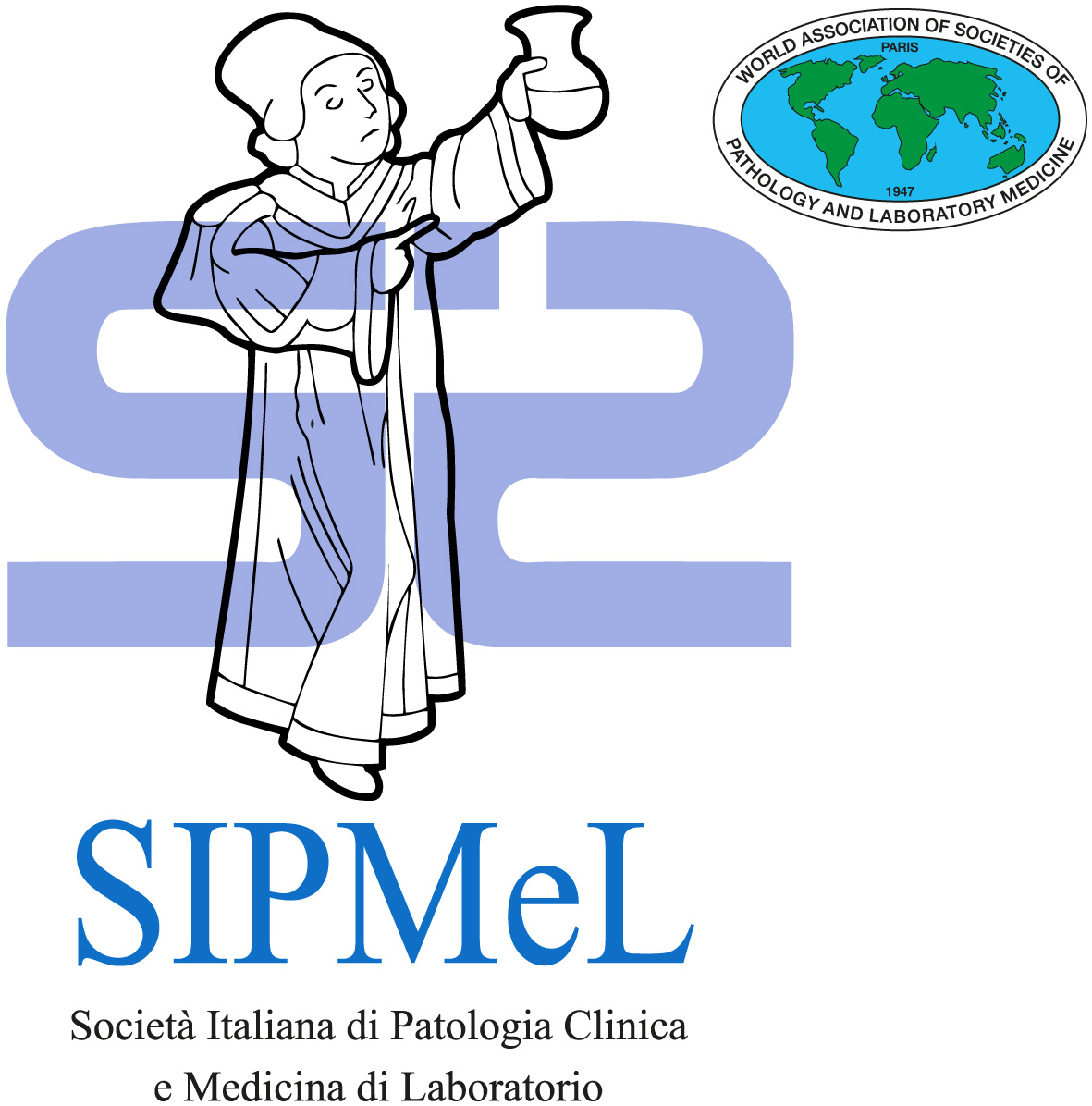
by Valeria Confalonieri | Dec 12, 2023
C-reactive protein (CRP) is more sensitive, specific and rapid in the acute phase of inflammation. CRP should be preferred to detect both the onset and resolution of a systemic inflammatory state.

by Valeria Confalonieri | Dec 12, 2023
Hypertension, diabetes mellitus, and dyslipidemia, three conditions frequently managed by the General Practitioner (GP), have significant benefits from an educative approach in both prevention and treatment phases, whether in conjunction with pharmacotherapy or...

by Valeria Confalonieri | Dec 12, 2023
Asthma and Chronic Obstructive Pulmonary Disease (COPD) have therapeutic benefits from inhalation medications, available in two pharmaceutical formulations: metered-dose inhalers and dry powder inhalers. Consequently, the prescription preference should be directed...

by Valeria Confalonieri | Dec 12, 2023
High blood ammonium alone adds no information in the diagnosis, staging, and prognosis of hepatic encephalopathy (HE) in patients with chronic hepatopathy, and ammonium concentration rarely correlates with symptoms severity and outcomes.

by Valeria Confalonieri | Dec 12, 2023
Procalcitonin (PCT) has been proposed to discriminate infections and in, particular, bacterial sepsis from viral and other causes and to reduce antibiotic prescribing. The heterogeneity of measurement methods, adopted cut-offs and recommended protocols have greatly...








Recent Comments